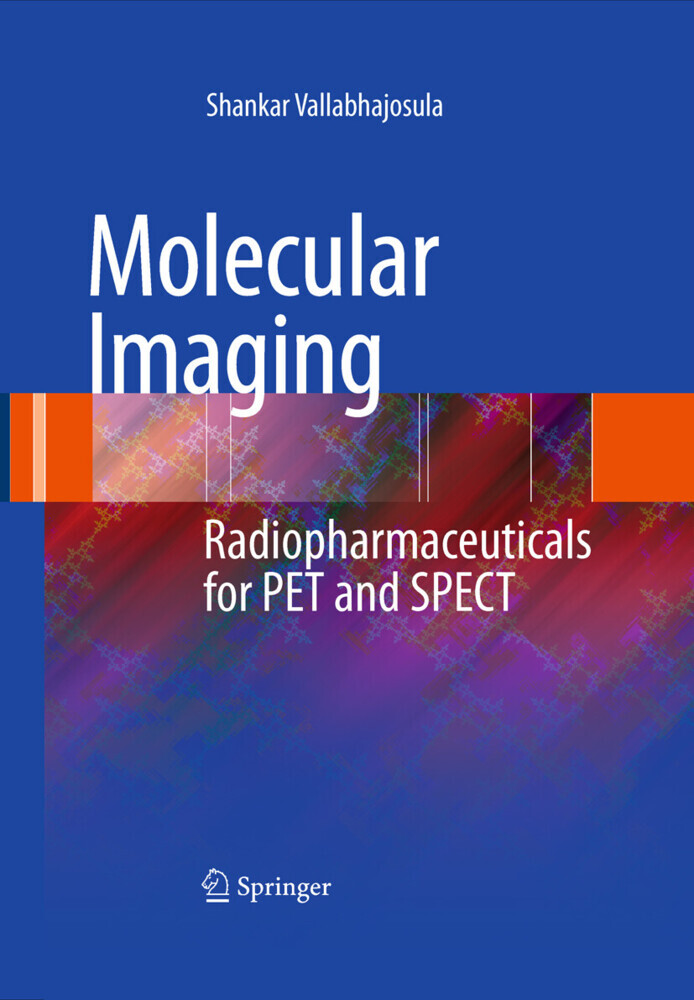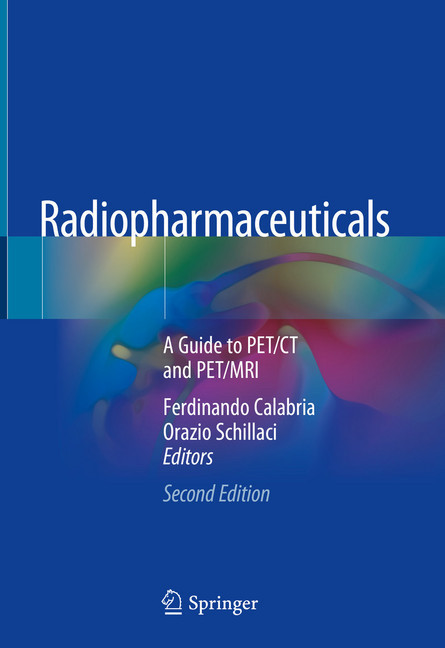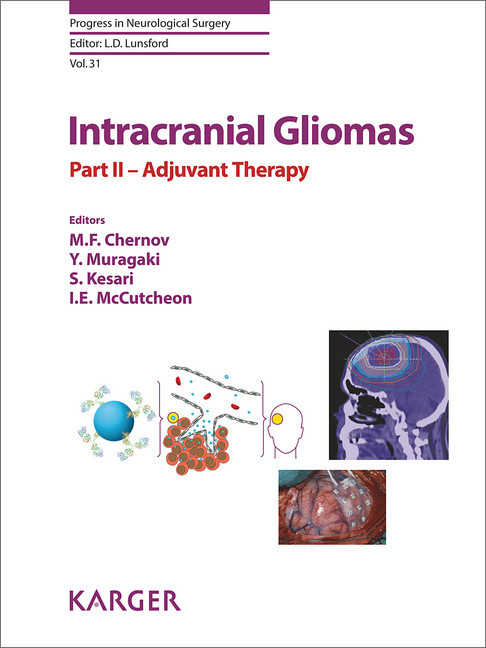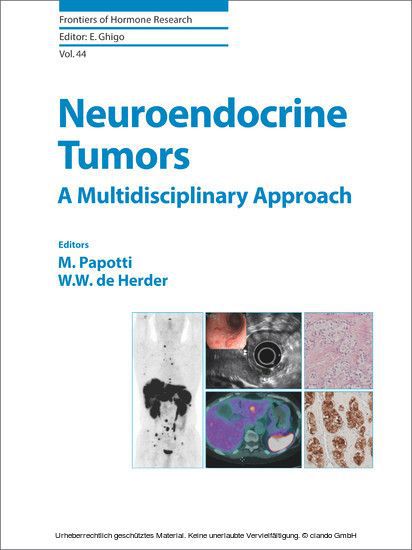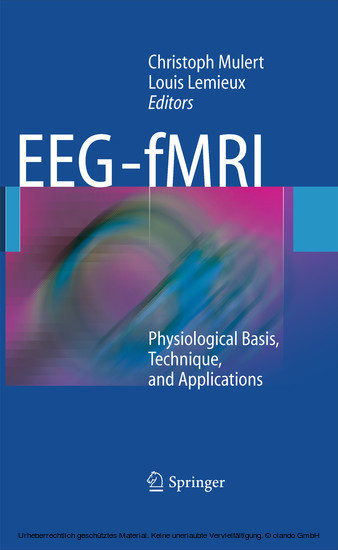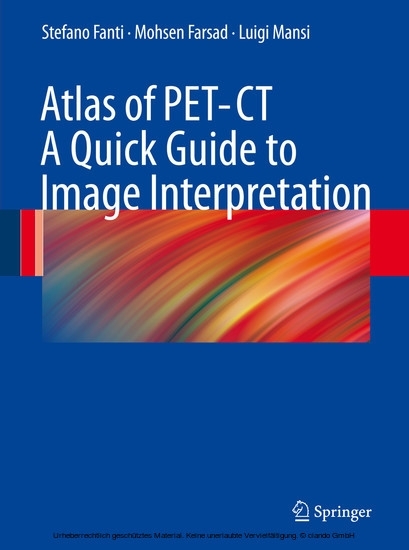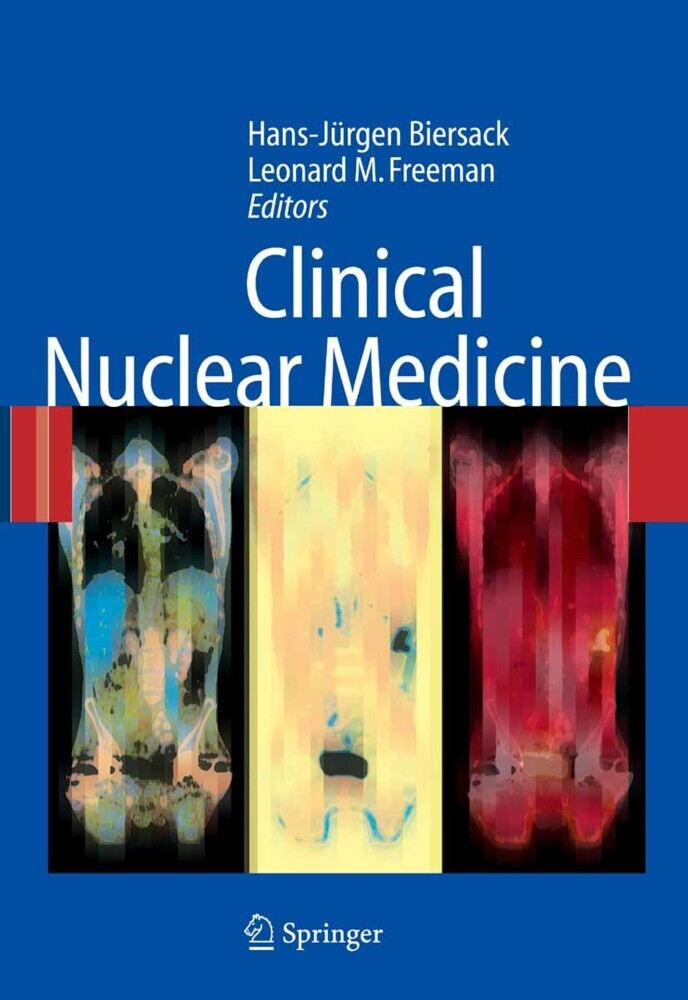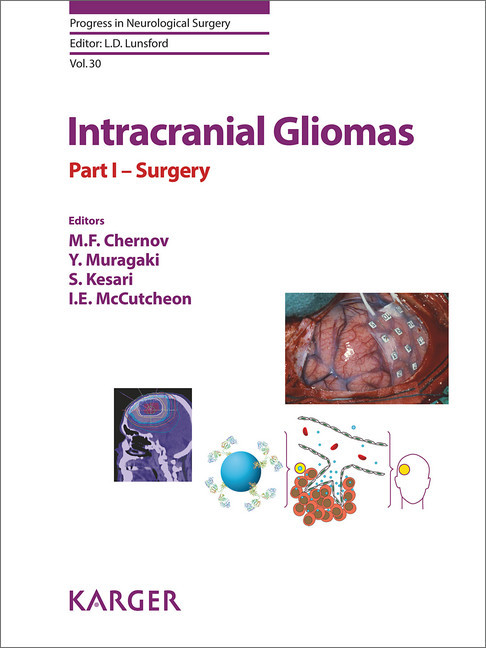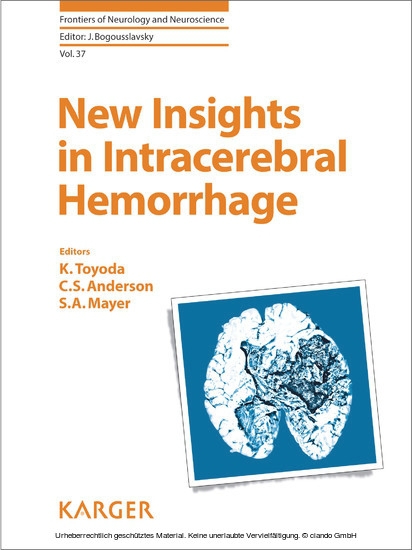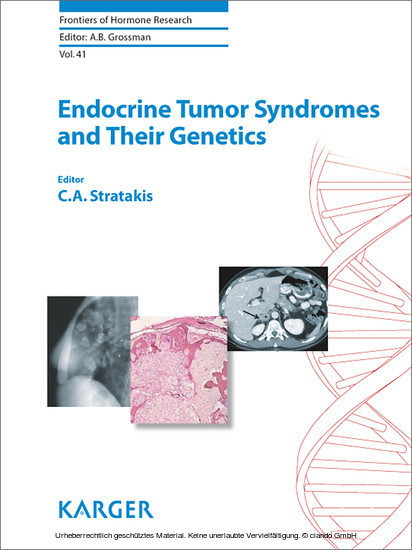Molecular Imaging
Radiopharmaceuticals for PET and SPECT
Radioisotope-based molecular imaging probes provide unprecedented insight into biochemistry and function involved in both normal and disease states of living systems, with unbiased in vivo measurement of regional radiotracer activities offering very high specificity and sensitivity. No other molecular imaging technology including functional magnetic resonance imaging (fMRI) can provide such high sensitivity and specificity at a tracer level. The applications of this technology can be very broad ranging from drug development, pharmacokinetics, clinical investigations, and finally to routine diagnostics in radiology. The design and the development of radiopharmaceuticals for molecular imaging studies using PET/MicroPET or SPECT/MicroSPECT are a unique challenge. This book is intended for a broad audience and written with the main purpose of educating the reader on various aspects including potential clinical utility, limitations of drug development, and regulatory compliance and approvals.
1;Foreword;62;Preface;83;Contents;104;About the Author;175;1 Molecular Imaging: Introduction;185.1;1.1 Nuclear Medicine;185.2;1.2 Molecular Medicine;185.3;1.3 Molecular Imaging;205.4;1.4 Summary;255.5;References;256;2 Science of Atomism: A Brief History;276.1;2.1 Atomism;276.2;2.2 Chemical Elements;276.3;2.3 Electricity and Magnetism;296.4;2.4 Thermodynamics;316.5;2.5 Major Discoveries;326.6;2.6 Reality of Atoms;356.7;2.6.1 Avogadro's Number 2.7 Atomic Structure;356.8;2.8 The Elementary Particles;386.9;Additional Reading;397;3 Atoms and Radiation;407.1;3.1 Matter and Energy;407.2;3.2 Radiation;407.3;3.3 Classification of Matter;427.4;3.4 Atoms;437.5;3.5 Nuclear Structure;467.6;3.6 Atomic and Nuclear Emissions;477.7;Additional Reading;498;4 Radioactivity;508.1;4.1 The Discovery;508.2;4.2 Nuclear Disintegration;508.3;4.3 Radioactive Decay Equations;558.4;Additional Reading;589;5 Production of Radionuclides;599.1;5.1 Nuclear Transformation;599.2;5.2 Production of Radionuclides;629.3;5.3 Radionuclide Generators;709.4;References;7110;6 PET and SPECT Scanners;7310.1;6.1 Interaction of Radiation with Matter;7310.2;6.2 Radiation Detectors;7710.3;6.3 Radionuclide Imaging Systems;8010.4;References;9511;7 Chemistry: Basic Principles;9711.1;7.1 Chemical Elements;9711.2;7.2 Chemical Reactions;10511.3;7.3 Organic Chemistry;10911.4;7.4 Biochemistry;11311.5;Additional Reading;12112;8 Cell and Molecular Biology;12212.1;8.1 Introduction;12212.2;8.2 Cell Structure and Function;12212.3;8.3 Cell Reproduction;12612.4;8.4 Cell Transformation and Differentiation;12812.5;8.5 Normal Growth;12912.6;8.6 Cell-to-Cell Communication;13012.7;8.7 Transport Through the Cell Membrane;13112.8;8.8 Cellular Metabolism;13612.9;8.9 DNA and Gene Expression;13712.10;8.10 Disease and Pathophysiology;14212.11;Additional Reading;14513;9 Radiopharmaceuticals;14613.1;9.1 Radiotracer Vs. Radiopharmaceutical;14613.2;9.2 Radiolabeled Molecular Imaging Probe;14713.3;References;16114;10 Chemistry of Radiohalogens (F, Br. and I);16314.1;10.1 Halogens;16314.2;10.2 Synthesis of 18F labeled Radiopharmaceuticals;16314.3;10.3 Synthesis of Radioiodinated Radiopharmaceuticals;17314.4;References;17615;11 Chemistry of Organic Radionuclides (C, N, and O) ;17915.1;11.1 Advantages of Organic Radionuclides;17915.2;11.2 11C Labeled Radiopharmaceuticals;17915.3;11.3 13N Labeled Radiopharmaceuticals;18615.4;11.4 15O labeled Radiotracers;18715.5;References;18816;12 Chemistry of Metal Radionuclides (Rb, Ga, In, Y, Cu and Tc) ;19016.1;12.1 Introduction;19016.2;12.2 Chelation Chemistry of Radiometals;19316.3;12.3 Chemistry of Gallium, Indium and Yttrium;19516.4;12.4 Transition Metals;19816.5;References;20417;13 Quality Control of PET Radiopharmaceuticals ;20817.1;13.1 Quality Assurance;20817.2;13.2 Quality Control;20917.3;13.3 Quality Assurance;21417.4;References;21518;14 Pharmacokinetics and Modeling;21618.1;14.1 Quantitation;21618.2;14.2 Physiological Modeling;21718.3;References;22419;15 Molecular Imaging in Oncology;22619.1;15.1 Cancer;22619.2;15.2 Molecular Basis of Cancer;22719.3;15.3 Tumor Imaging;23019.4;References;26020;16 Molecular Imaging in Neurology and Psychiatry ;26620.1;16.1 Neuroscience;26620.2;16.2 Radiopharmaceuticals for Functional Brain Imaging;27220.3;16.3 Applications in Clinical Neurology;28620.4;16.4 Psychiatric Disorders;30020.5;References;30521;17 Molecular Imaging in Cardiology;31021.1;17.1 The Clinical Problem;31021.2;17.2 Pathophysiology;31121.3;17.3 Radiopharmaceuticals in Nuclear Cardiology;31421.4;References;33122;18 Molecular Imaging of Gene Expression and Cell Traffficking ;33522.1;18.1 Gene Therapy;33522.2;18.2 Gene Imaging;33822.3;References;34623;19 Radiation Dosimetry and Protection;34923.1;19.1 Introduction;34923.2;19.2 Dosimetry;35023.3;19.3 Internal Dosimetry;35323.4;19.4 Radiation Protection;35723.5;References;35824;20 Radiopharmaceuticals: D
Vallabhajosula, Shankar
| ISBN | 9783540767350 |
|---|---|
| Artikelnummer | 9783540767350 |
| Medientyp | E-Book - PDF |
| Copyrightjahr | 2009 |
| Verlag | Springer-Verlag |
| Umfang | 372 Seiten |
| Sprache | Englisch |
| Kopierschutz | Adobe DRM |

